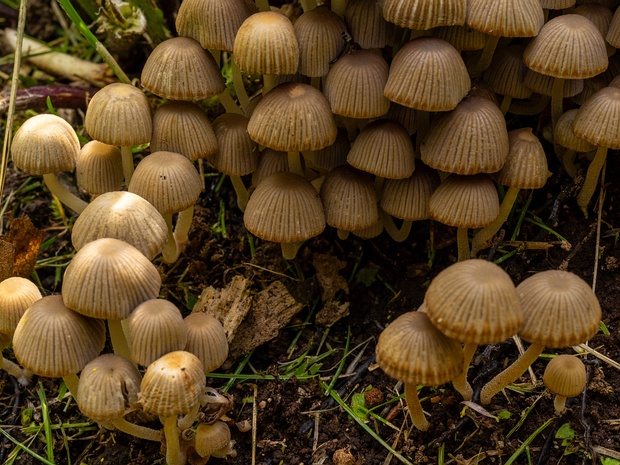
Psathyrella multipedata - Псатирелла многоножковая - Clustered brittlestem - Büscheliger Düngerling
Psathyrella multipedata, also known as the Clustered brittlestem, is a mushroom species in the Psathyrellaceae family. The cap measures 2 to 5 cm in diameter,…
39 images
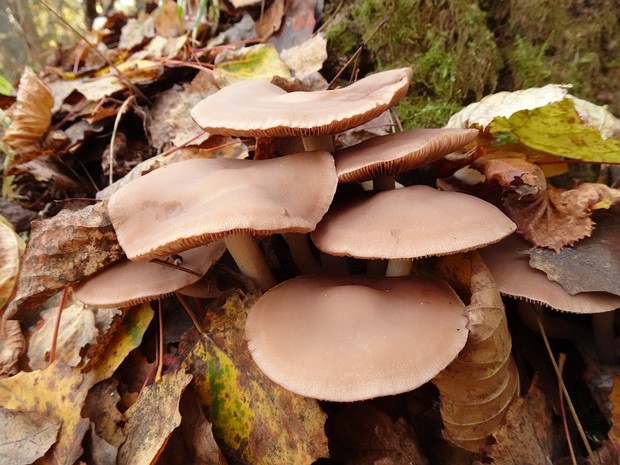
Homophron spadiceum - Гомофрон каштановый - Chestnut Homophron - Kastanienbrauner Homophron
Homophron spadiceum, commonly known as the Chestnut Homophron, is a rare basidiomycete mushroom belonging to the Psathyrellaceae family. The cap of this fungus…
11 images
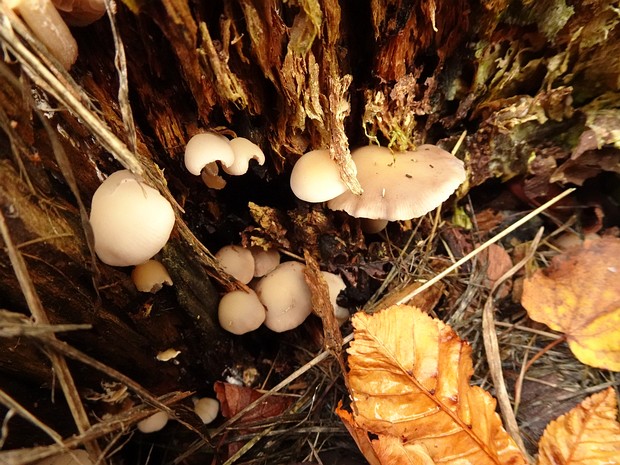
Homophron cernuum - Гомофрон поникший - Nodding Homophron - Nicken-Homophron
Homophron cernuum, also known as the Nodding Homophron, is a small, uncommon basidiomycete mushroom belonging to the Psathyrellaceae family. The cap of this…
10 images
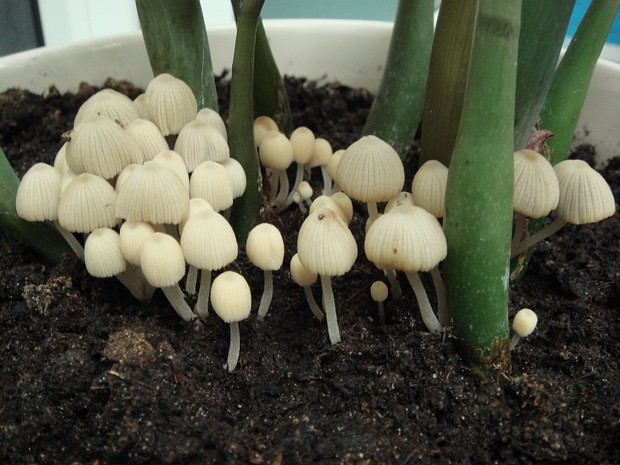
Coprinellus domesticus - Навозник домашний - Domestic Inky Cap - Haus-Tintling
Coprinellus domesticus, commonly known as the Domestic Inky Cap, is a small to medium-sized basidiomycete mushroom in the Psathyrellaceae family. The cap of…
8 images
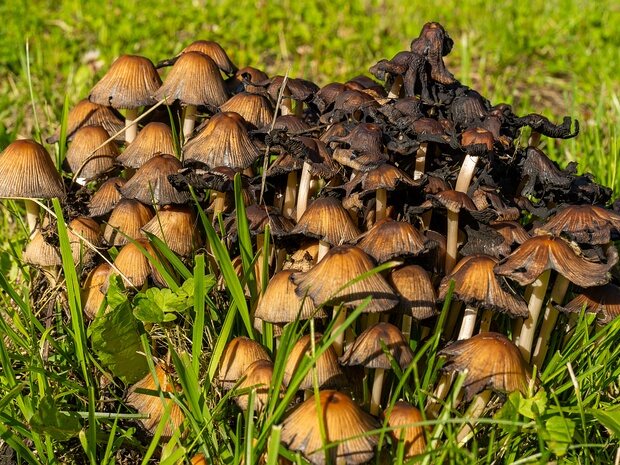
Coprinellus micaceus - Навозник мерцающий - Mica Cap - Glimmertintling
Coprinellus micaceus, commonly known as the Mica Cap, is a small, saprobic basidiomycete mushroom in the Psathyrellaceae family. The cap typically measures 1 to…
73 images
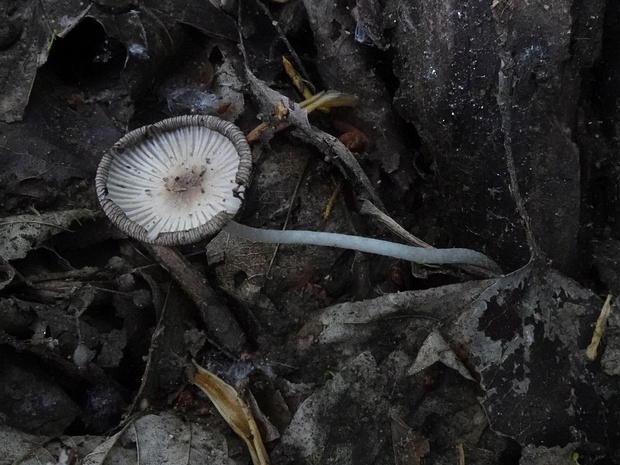
Coprinopsis lagopus - Навозник пушистый - Harefoot Mushroom - Hasenpfote
Coprinopsis lagopus, commonly known as the Harefoot Mushroom or Hasenpfote in German, is a small, delicate fungus belonging to the family Psathyrellaceae. The…
5 images
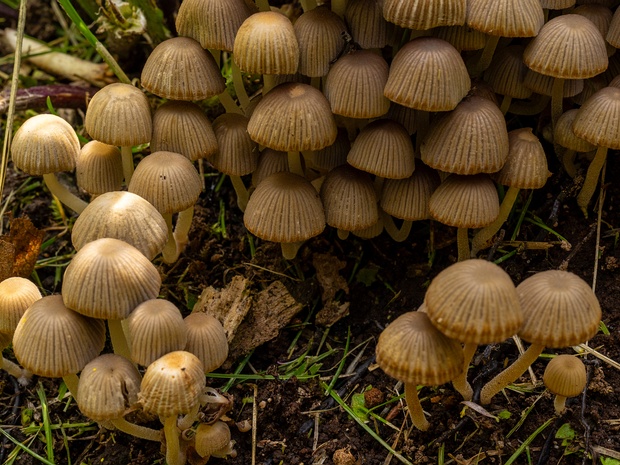
Навозник расеянный - Coprinellus disseminatus
Coprinellus disseminatus, known as the Fairy Inkcap, is a small, saprotrophic basidiomycete mushroom in the Psathyrellaceae family. The cap is typically 0.5 to…
27 images
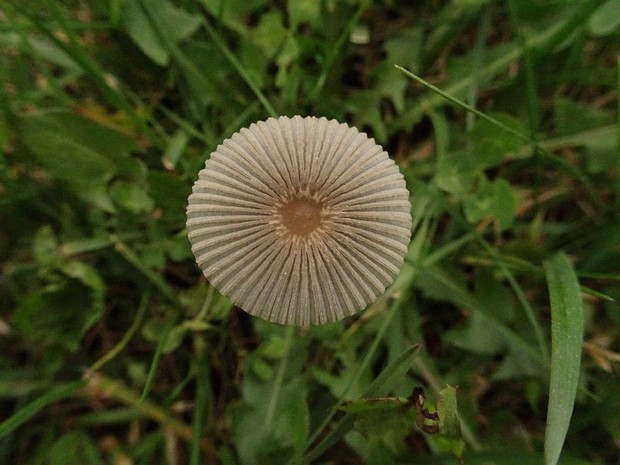
Coprinopsis cordispora - Навозник сердцеспорововый - Heart-spored Inky Cap - Herzsporen-Tintling
Coprinopsis cordispora, commonly known as the Heart-spored Inky Cap, is a small, saprotrophic mushroom belonging to the Psathyrellaceae family. Its cap measures…
7 images

Coprinopsis atramentaria - Навозник серый - Common Ink Cap - Gemeiner Glimmertintling
Coprinopsis atramentaria, also known as the Common Ink Cap or Inky Cap, is a medium-sized mushroom in the family Psathyrellaceae. The cap ranges from 3 to 8 cm…
32 images
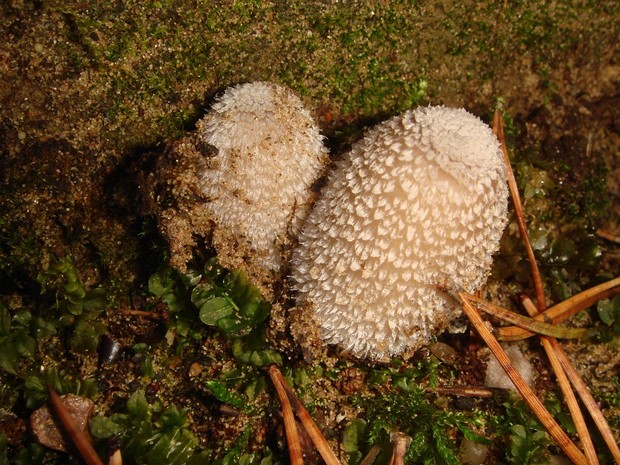
Coprinopsis picacea - Навозник смолистый - Magpie Inkcap - Specht-Tintling
Coprinopsis picacea, commonly known as the Magpie Inkcap, is a unique mushroom belonging to the family Psathyrellaceae. The cap measures 3 to 10 cm in diameter,…
3 images
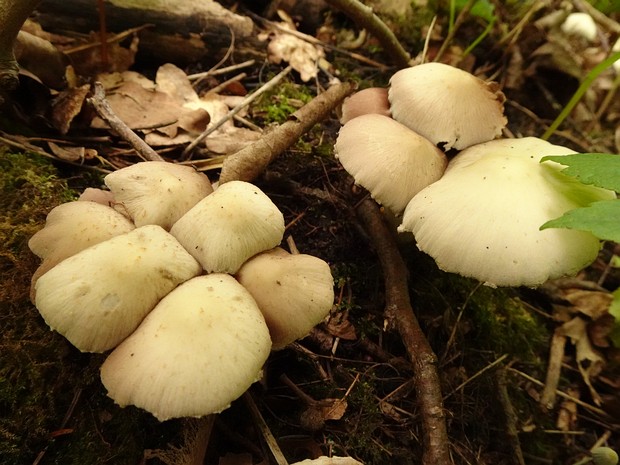
Psathyrella candolleana - Псатирелла Кандолля - Pale brittlestem - Weißlicher Düngerling
Psathyrella candolleana, also known as the Pale brittlestem, is a common mushroom in the Psathyrellaceae family. The cap measures 2 to 6 cm in diameter and is…
9 images


